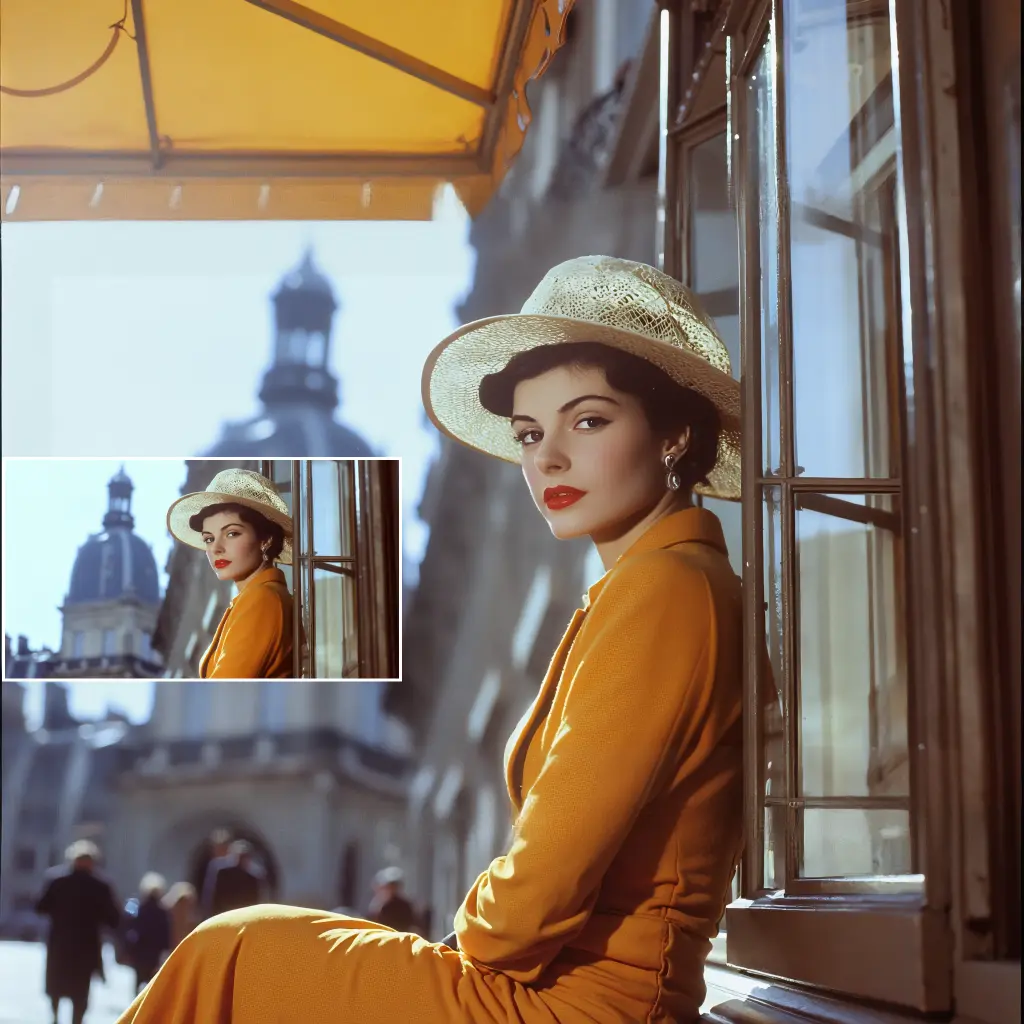ComfyUI Node: Images as Latents (PPF Noise)
Images as Latents (PPF Noise)
Categorylatent
WASasquatch (Account age: 4910days) Extension
PPF_Noise_ComfyUI Latest Updated
2024-06-14 Github Stars
0.02K
How to Install PPF_Noise_ComfyUI
Install this extension via the ComfyUI Manager by searching for PPF_Noise_ComfyUI- 1. Click the Manager button in the main menu
- 2. Select Custom Nodes Manager button
- 3. Enter PPF_Noise_ComfyUI in the search bar
Visit ComfyUI Online for ready-to-use ComfyUI environment
- Free trial available
- 16GB VRAM to 80GB VRAM GPU machines
- 400+ preloaded models/nodes
- Freedom to upload custom models/nodes
- 200+ ready-to-run workflows
- 100% private workspace with up to 200GB storage
- Dedicated Support
Images as Latents (PPF Noise) Description
Transform images into latent representations for AI-driven tasks like image synthesis and style transfer, supporting various resampling methods.
Images as Latents (PPF Noise):
The "Images as Latents (PPF Noise)" node is designed to transform images into latent representations, which are essential for various AI-driven image processing tasks. This node is particularly useful for artists and developers working with generative models, as it allows for the conversion of standard images into a format that can be easily manipulated by neural networks. By converting images into latents, you can leverage the power of AI to perform tasks such as image synthesis, style transfer, and more. The node supports different resampling methods to ensure that the transformation process maintains the quality and integrity of the original image. This capability is crucial for achieving high-quality results in AI art and other creative applications.
Images as Latents (PPF Noise) Input Parameters:
images
The images parameter is the primary input for this node, representing the image data that you wish to convert into latent form. This parameter accepts image data in a format that the node can process, typically a tensor with dimensions corresponding to the image's height, width, and color channels. The node expects the image to have three color channels (RGB), and if not, it automatically adds an additional channel to match the expected input format. This ensures compatibility with the latent conversion process.
resampling
The resampling parameter determines the method used to resize the image during the conversion to latents. Available options include "nearest-exact", "bilinear", "area", "bicubic", and "bislerp". Each method offers a different approach to resizing, affecting the quality and characteristics of the resulting latent representation. For instance, "nearest-exact" is a simple method that may result in a blocky appearance, while "bicubic" provides smoother transitions and is often preferred for high-quality results. Choosing the appropriate resampling method can significantly impact the final output, so it's important to consider the specific needs of your project when selecting this parameter.
Images as Latents (PPF Noise) Output Parameters:
latents
The latents output is the transformed representation of the input image, now in a format suitable for further processing by AI models. This latent representation is a crucial component for tasks such as image generation and manipulation, as it encapsulates the essential features of the original image in a compact form. The latents are typically represented as a tensor with dimensions that reflect the reduced size and increased depth required for neural network processing.
images
The images output provides the original image data, allowing you to retain access to the input image alongside its latent representation. This can be useful for comparison purposes or for applications where both the original and transformed data are needed. By outputting the original image, the node ensures that you have a complete view of the transformation process and its results.
Images as Latents (PPF Noise) Usage Tips:
- Experiment with different
resamplingmethods to find the one that best preserves the details and quality of your images when converting to latents. - Use high-resolution images as input to ensure that the latent representations capture as much detail as possible, which can be beneficial for tasks requiring high fidelity.
- Consider the specific requirements of your AI model when choosing the
resamplingmethod, as different models may respond better to certain types of input data.
Images as Latents (PPF Noise) Common Errors and Solutions:
Input images must have 3 or 4 channels
- Explanation: The node expects images to have either 3 (RGB) or 4 (RGBA) channels. If your image has a different number of channels, this error will occur.
- Solution: Ensure that your input images are in RGB or RGBA format. You may need to convert grayscale images to RGB by duplicating the single channel across the three RGB channels.
Unsupported resampling mode
- Explanation: The
resamplingparameter was set to a mode that is not supported by the node. - Solution: Choose one of the supported resampling modes: "nearest-exact", "bilinear", "area", "bicubic", or "bislerp". Double-check the spelling and case of the mode you are using.
Images as Latents (PPF Noise) Related Nodes
RunComfy is the premier ComfyUI platform, offering ComfyUI online environment and services, along with ComfyUI workflows featuring stunning visuals. RunComfy also provides AI Playground, enabling artists to harness the latest AI tools to create incredible art.

